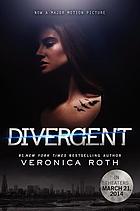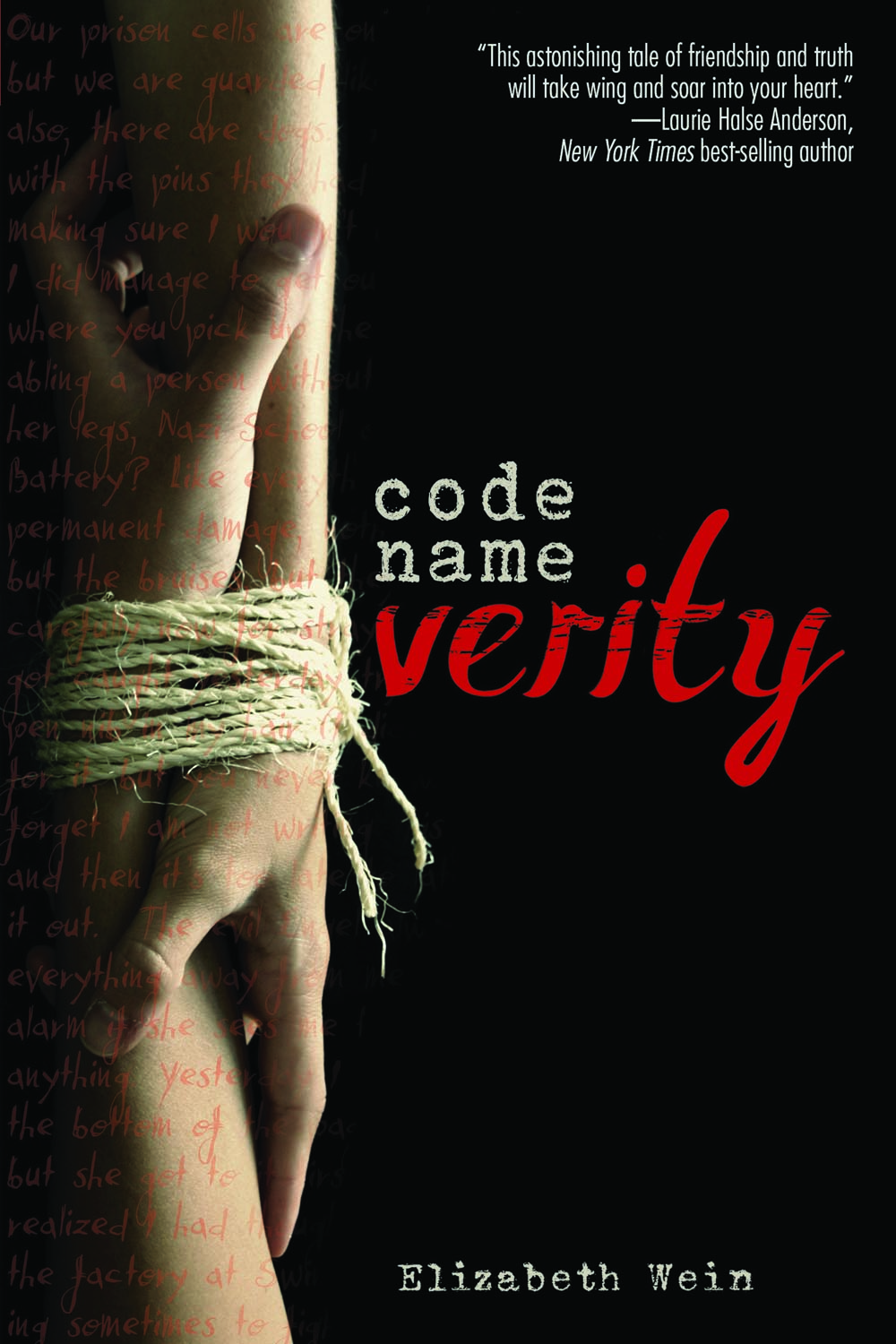
Roth, V. (2011).
Divergent. New York: Katherine Tegen Books.
Set in
Chicago sometime in the future, the novel depicts a society that is divided
into five factions that value different traits:
Abnegation whose members practice selflessness, Amity known for their
peacefulness, Candor who quest for truth, Dauntless who exhibit bravery and
daring, and the Erudite who seek knowledge and understanding. There are also the factionless who are forced
to live on the fringes of society. At
sixteen, Beatrice who has been raised in Abnegation, takes the aptitude test
that will help her determine which faction she will choose to join. Her results are inconclusive, and she learns
that she is a rare Divergent, someone who possesses an affinity for multiple
factions. Beatrice is warned to keep
this information a secret as claiming Divergence could be dangerous. She chooses to join the Dauntless faction,
where she discovers a conspiracy to overthrow the city’s leadership and seize
power. Beatrice’s loyalty to her faction
is tested, and she is forced to accept and rely upon all the traits that make
her Divergent in order to do the right thing.
Roth
creates a world that is both recognizable and completely foreign to
readers. Beatrice and other characters
in the story must face pressures and influences from family and society while
trying to develop a sense of self and choose a path for the future. The highly regimented faction system may not
be a reality, but young readers may feel similar constraints placed on them by
peer groups, teachers, or socioeconomic factors. The depictions of life within the factions
show both members who thrive living within the narrow confines of their
faction’s defining trait and those who are out of sync or alienated. There is little room for individuality except
for the factionless. For teens who are
often struggling to find a balance between fitting in and autonomy, the society
of Divergent could provide some
valuable perspective.
In addition
to the societal issues addressed in the novel, through Beatrice’s training and
initiation in Dauntless, readers are exposed to a world of aggression, combat,
and survival. Like other popular
dystopian and fantasy novels, the characters find themselves in situations
where they must rely on their own strength, skill, and cunning to survive. While this world of weapons and tactics may
not be a part of reality for today’s young adults, these scenarios demonstrate
important lessons about strength and strength of character while also providing
an escape into a world where characters experience situations and trials that
are far removed from the lives of readers.
The
relationships explored in the novel are another element that will likely be
appealing to readers. Beatrice finds
herself making friends with a variety of characters who are very different from
her, and the first person narration conveys how these relationships help her to
grow out of the sheltered life of her old faction to understand the world
more. The developing love story between
Beatrice and her instructor Four is described with emotion and authenticity
that will resonate with readers.
As with
many fantasy and dystopian novels, the main character faces harsh realities and
impossible dilemmas, and the overall tone can be read as bleak or dark. Since this is the first book in a trilogy,
there is no bright happy ending to wrap up the story. The characters face external dangers and
villains as well as internal fears and personal grief, and some readers may be
depressed by the tragedies and conflicts, but many readers will respond to the
complex heroes of Beatrice and Four and find a connection to this story.




